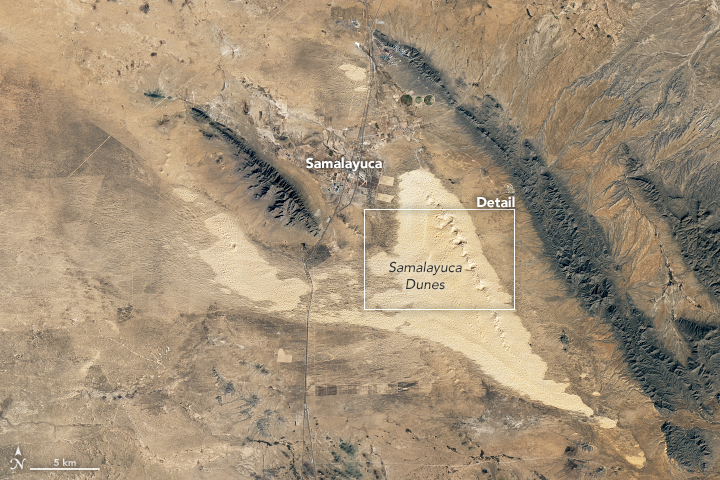Файл:Samalayuca Dune field 2018.jpg
Перейти к навигации
Перейти к поиску
Samalayuca_Dune_field_2018.jpg (720 × 480 пкс, размер файла: 412 КБ, MIME-тип: image/jpeg)
История файла
Нажмите на дату/время, чтобы посмотреть файл, который был загружен в тот момент.
| Дата/время | Миниатюра | Размеры | Участник | Примечание | |
|---|---|---|---|---|---|
| текущий | 02:19, 4 апреля 2018 |  | 720 × 480 (412 КБ) | Tillman | {{Information |description ={{en|1=When sheets of ice spread across North America during the Pleistocene Epoch, many pluvial lakes formed well beyond the edge of the ice sheets. Lake Bonneville in northern Utah and Lake Lahontan in northern Nevada are the largest and most famous examples, but pluvial lakes covered landscapes much farther to south, in areas that are now quite dry. Lake Palomas spread across 9,000 square kilometers (3,500 square miles) of what is now the Chihuahua desert in n... |
Использование файла
Нет страниц, использующих этот файл.
Глобальное использование файла
Данный файл используется в следующих вики:
- Использование в en.wikipedia.org


